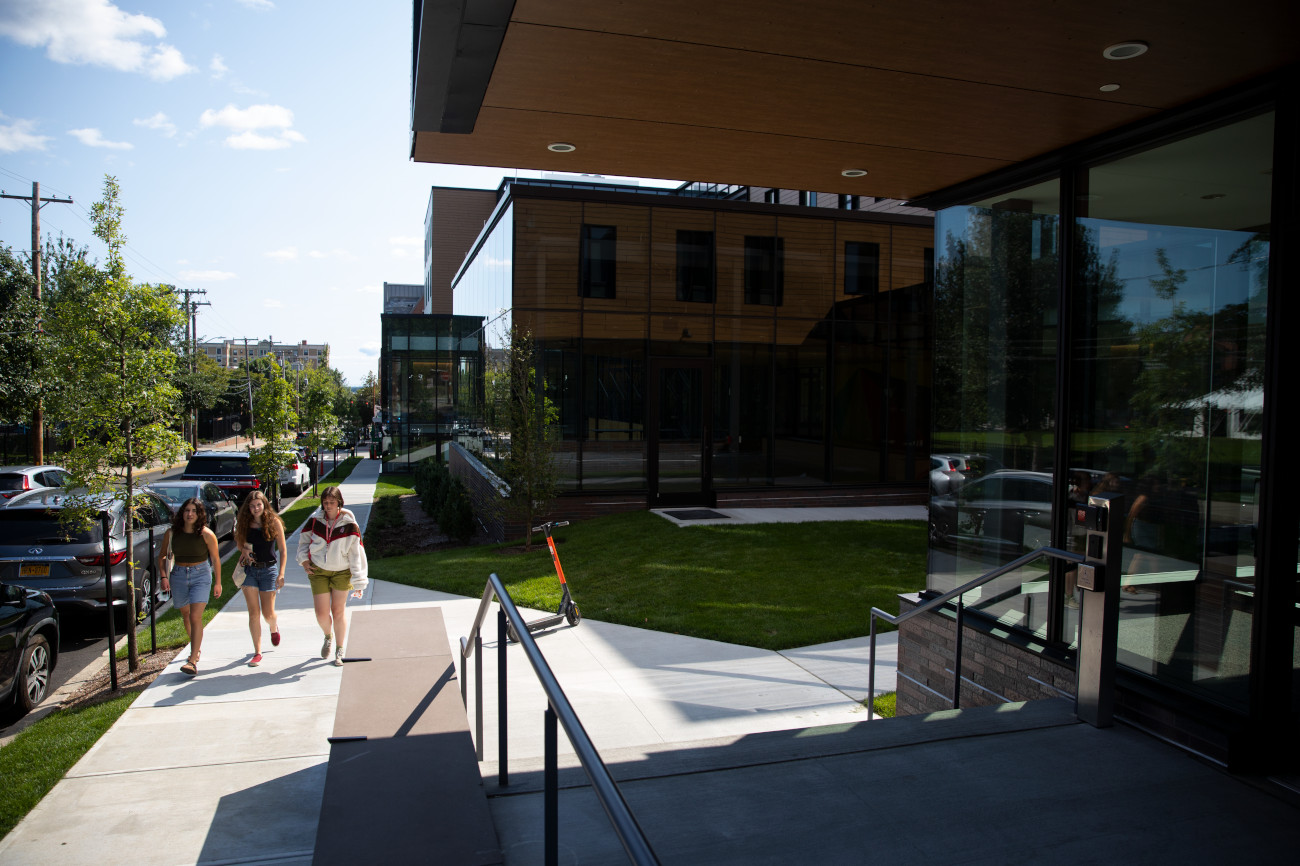Human-caused global climate change is first and foremost a problem of greenhouse gas (GHG) emissions. Scientists predict that the world’s current emissions trajectory, absent a rapid switch to renewable electricity and elimination of fossil fuel combustion by mid-century, will almost certainly result in global average temperatures that will have devastating effects on the environment and society. The consequences will be severe even assuming middle-of-the-road emissions scenarios that result in 2-3°C (3.6 - 5.4°F) global average temperature increase.
To have a reasonable chance of averting catastrophic climate change, the Intergovernmental Panel on Climate Change (IPCC) asserts that global emissions of greenhouse gases must peak now, and reach zero by midcentury (around the year 2050). To this end, Brown has identified aggressive GHG emissions reduction goals as a primary focus to align efforts with the IPCC. Brown’s new emissions goal, approved in 2019, is to reach net-zero emissions by 2040 with an interim goal of reducing emissions by 75% by 2025 from a baseline of 2018.
 Energy Facts:
Energy Facts: